The Acoustic ART System (Analogue Room Treatment) in full is composed with :
1 x VIBRRATON
1 x BASS STATION
1 x GRAVATRON Satellite
2 x MAGNETRON Satellites
The full system is enough for any room treatment wthout adding any item. Each element has its own location simplifying the overall installation.
Acoustic ART
The inspiration for the Acoustic ART system came to our lead designer Ted Denney four years ago while sailing the South Pacific. During his sabbatical, Ted visited Buddhist Temples and observed how Tibetan Prayer bowls altered temple acoustics. These singing bowls affected a sudden shift in acoustics whenever they were activated, and when additional bowls of varying tone were also activated, the acoustics continued to change. Ted reasoned that a system of resonating bowls could be developed to discreetly treat room acoustics without the need for large unsightly tuning devices.
However, it wasn’t until after Ted returned to the mainland and developed his Tesla Series cables that he revisited the idea of treating room acoustics with resonating bowls. We began our research by studying Helmholtz resonators, which have been used for over a century to tune low frequencies in an acoustic environment. We worked to modify Helmholtz resonator principles to incorporate the full spectrum of sound – not just low frequencies. We found we could tune music with a system of resonators working together in harmony at key acoustic pressure points. Further research led to several patents-pending. The first deals with the use of magnets to contour activation and decay properties of the Vibratron and Magnetron Satellite resonators. The second includes a new resonator shape called the Vibratron that radiates in a 360 degree pattern over a scientifically-arrived-at frequency range. The third utilizes a unique dispersion baffle to precisely control how the Bass Station resonator affects a rooms’ low frequency acoustics. Later we discovered that using spikes to mechanically couple the Bass Station to a room further enhances control of low frequencies (the Bass Station’s Stilettos). Next began a painstaking process to find resonator material with the correct mass that would operate at mathematically-arrived-at frequencies with target decay patterns. The acumination of these scientific principals sets the Acoustic ART (Analogue Room Treatment) System apart from all other room tuning methods.
HAND TUNED :
Each resonator is forged in the USA from proprietary carbon steel and later case-hardened with a torch. During the hardening process, each resonator is tapped with a small steel hammer. A microphone connected to a spectrum analyzer measures the acoustic property of each resonator. When the resonator reaches its desired acoustic property, it is immediately quenched in an oil bath to halt the case- hardening process. Tuning each resonator ensures proper acoustic properties are met and corrects for variations that can occur in the forging process. The final result is an acoustic treatment system that delivers sound quality like no other – regardless of room size or system configuration.
QUANTUM TUNNELING :
In late 2007 we were approached by Ken Gorres, our representative in the Pro Audio market. Ken had been blown away by a Quantum Tunneling demonstration a few weeks back. As part of the demonstration we listened to our reference system with a pair of interconnects that had not been Quantum Tunneled. We then removed the cables, performed the Quantum Tunneling process, and installed them back into the system. Our reference system was transformed with a lower noise floor, expanded sound field, and more extended and transparent frequencies. Ken was incredulous. He wondered out loud if we had ever Quantum Tunneled guitar strings. I told him we had not.
A few weeks passed and Ken was back on the phone. He wanted to bring a couple of his studio musician buddies by to hear our reference system. They showed up with French Horns in hand and after listening to the system for a few hours we headed out to our reverberant factory floor for a live jam session. It was amazing to hear the difference between a relatively inexpensive Yamaha horn and their custom hand built masterpieces. Ken then asked, “Ted if you would be willing we would like to Quantum Tunnel the basic Yamaha horn and compare it to the custom horns.” Ted agreed but warned them he would not be held responsible if the horn took a turn for the worse. They agreed and added “we’re not letting you touch our babies.” We set the French Horn to be struck by the Tesla Coil and bang! After five minutes we turned the coil off and returned to the factory floor for a listen. The difference was startling. Previously the Yamaha had been noticeably dull by comparison; it now flowed with rich reverberant over tones. With a twinkle in one eye, and a slight expression of trepidation in the other, they handed me their babies. After performing the procedure on their reference horns we returned to the factory for a third jam session. The difference was amazing. We later treated their silver mouthpieces and with each successive treatment, the horns became sweeter with more colorful overtones.
Fast forward to the end of the Acoustic ART development program. It was not long after we perfected the formula for each resonator that we got the idea to Quantum Tunnel them. First we treated a Vibratron, and then the Satellites and Bass Station resonators. The difference was just as it had been with the French horns. There was a noticeable increase in air, a larger sound field, deeper more extended bass, and an overall improvement in transparency. We’re not sure why hitting a resonator with a million volts should exact such a change, but we can certainly hear the difference and so will you.

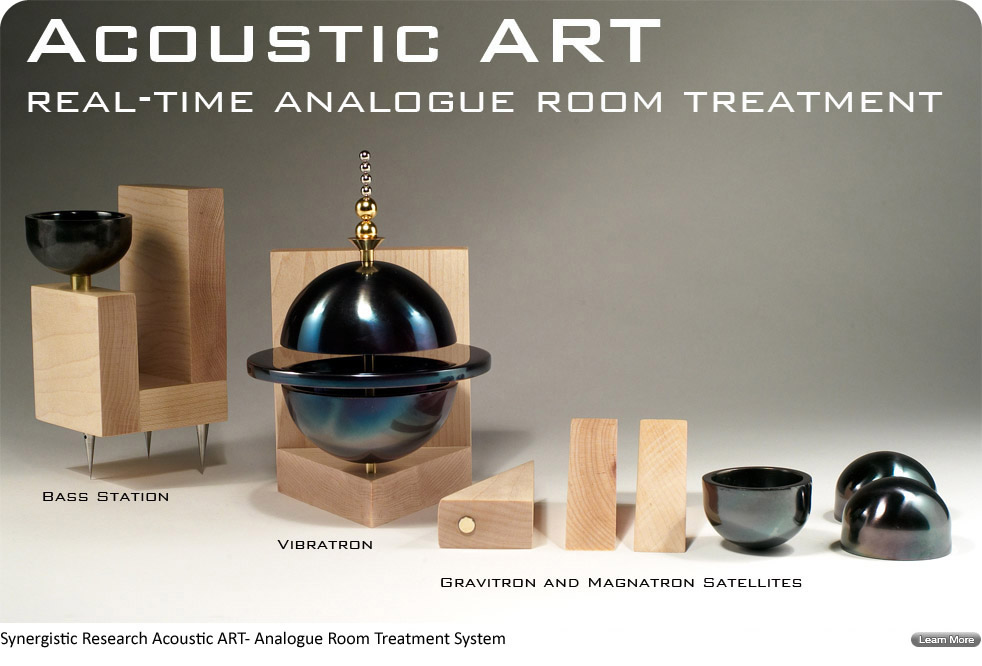
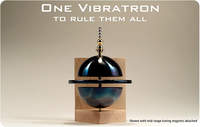
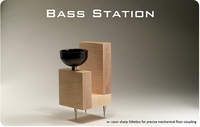
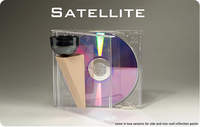
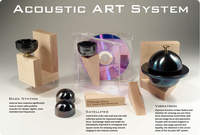
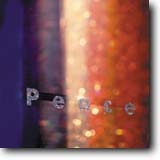
Reviews
There are no reviews yet.